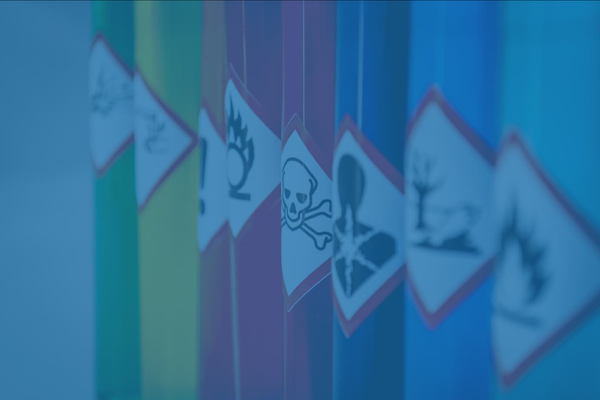The Current Security Risk Landscape
Security professionals know that there are more threats today than ever, and they’re increasingly difficult to manage with existing resources. The ever-evolving risk landscape is also growing in complexity, with threats approaching from multiple angles in multivector attacks – and some threats even coming from inside the organization.
Security professionals need an ally to do more heavy lifting to support physical security efforts. Thankfully, a new generation of physical access control is stepping up to fill this role by providing integrated, proactive, and risk-adaptive access control that takes a modern approach to all these modern risks.
Unlike legacy physical access control systems (PACS) that are static and role-based – unable to dynamically change permissions with shifts in the environment – next-generation PACS can actively reduce risk and enhance life safety. Let’s look at a physical security case study to understand how a next-generation solution can help save lives (and prevent a public relations fiasco).
Case in Point: A Preventable Incident in Birmingham, Alabama
Earlier this year, a chemical spill occurred at the Birmingham Water Works treatment plant, sending over 50 employees and contractors to the hospital. It turns out there were several points of failure where next-generation access control could have intervened to mediate the situation.
The company reported that the spill happened when sodium hypochlorite was accidentally mixed with ferric sulfate, causing chlorine gas to be released at the plant. A proactive, risk-adaptive PACS would have detected sodium hypochlorite in the area and automatically locked down access to personnel carrying other chemicals that would react with the chemical, creating toxic exposure. This is point of failure one.
The second point of failure occurred after the chemicals were mixed and chlorine gas spilled into the affected area. In this case, up to 50 people were exposed to the toxic gas! A next-generation PACS would have detected the spill, alerted security operators, and automatically locked down the area to non-essential personnel. This would have limited access only to those with HAZMAT certification and first responders. These measures would have protected the dozens of lives that came into contact with the harmful chemical, and potentially spared Birmingham Water Works the embarrassment and expense associated with medical treatment, legal fees, public communications, and reputation damage control.
Next-generation access control goes beyond the doors to recognize risks early, mitigate threats before they become incidents, and enhance life safety.
To review other risk scenarios and see how legacy PACS compare to the next-generation PACS response to threats in our free eBook, visit rethinkaccesscontrol.com.
